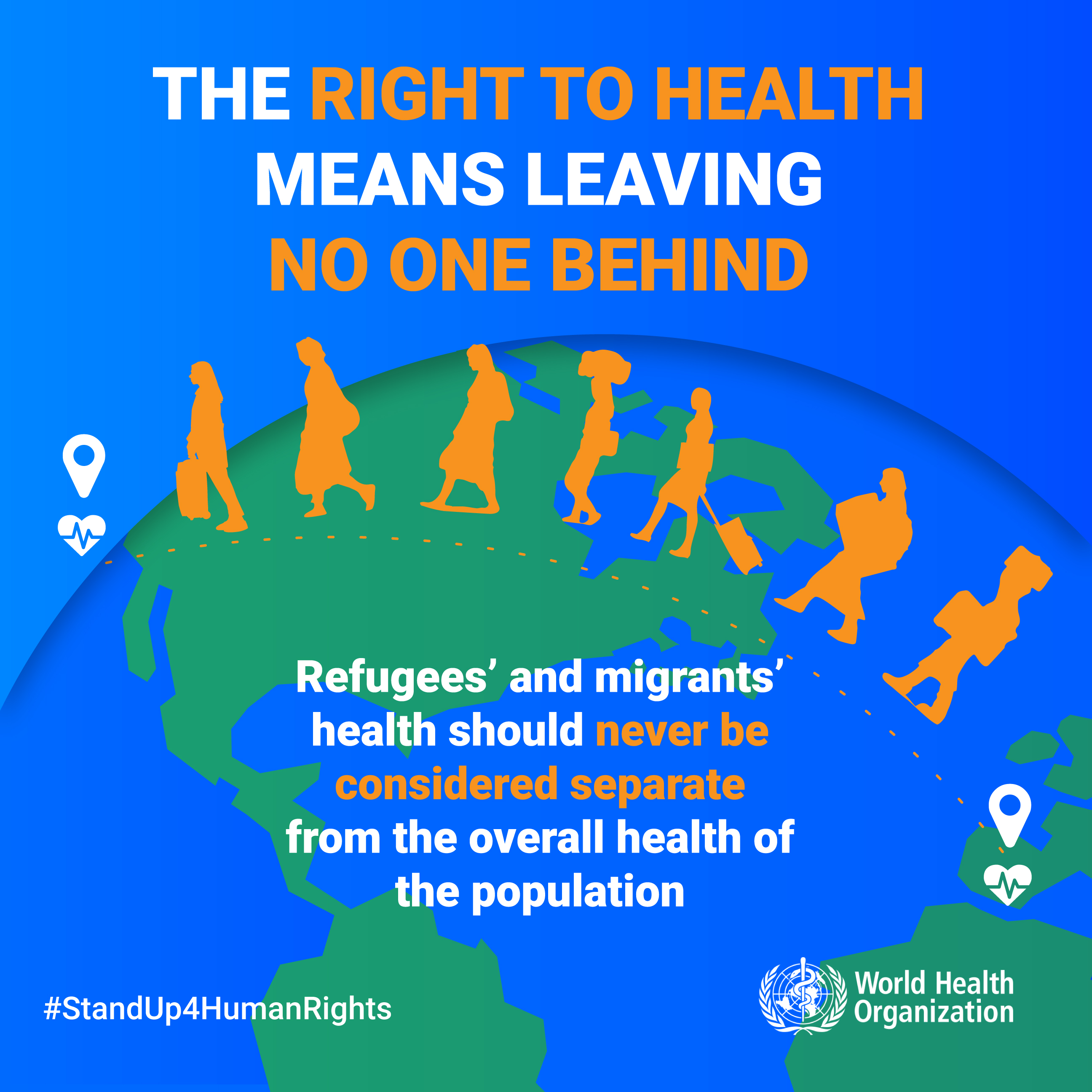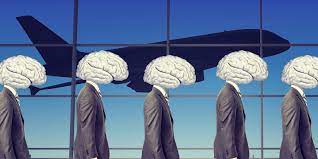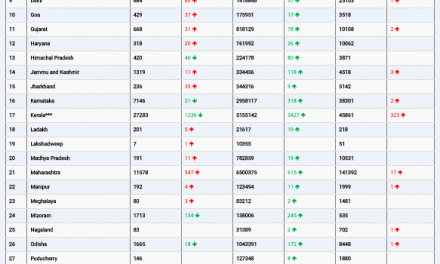20 June marks World Refugee Day
The number of people forced to flee conflict, violence, human rights violations and persecution has now surpassed 100 million for the first time on record.
World Refugee Day is an occasion to raise awareness on the unique health needs of refugees and people on the move, and the challenges they may face in accessing healthcare during their journeys and in the host country.
The aim is to step up efforts worldwide to ensure everyone everywhere at any time is able to enjoy the right to health and access high-quality health services that are sensitive to their needs, and appropriate for each person’s culture and needs, without financial impediment. This is key to achieving universal health coverage.
If policies that promote the health of refugees and all people on the move are in place, refugees and migrants can contribute to the full and flourishing life of a country and to supporting the economy, culture and a diverse society.
Key facts
- More than 1 billion people are on the move globally, about 1 in 7 of the global population.
- Of this total, 281 million people are international migrants and 84 million are forcibly displaced (48 million are internally displaced, 26.6 million are refugees, 4.4 million are asylum seekers). Among the forcibly displaced, 35 million are children and 1 million were born into refugee life .
- The number of people on the move is expected to grow due to poverty, lack of security, lack of access to basic services, conflict, environmental degradation and disasters.
- Migration could both improve or diminish an individual’s health status. Refugees and migrants often face worse health outcomes in countries of transit and destination due to barriers including language and cultural differences, institutional discrimination and restricted use of health services.
- Social, political and economic exclusion can result in poverty, homelessness and exploitation, which can create a higher risk for noncommunicable diseases.
- The COVID-19 pandemic has exacerbated existing inequalities in certain populations, which may include refugees and migrants, particularly those in irregular situations.












